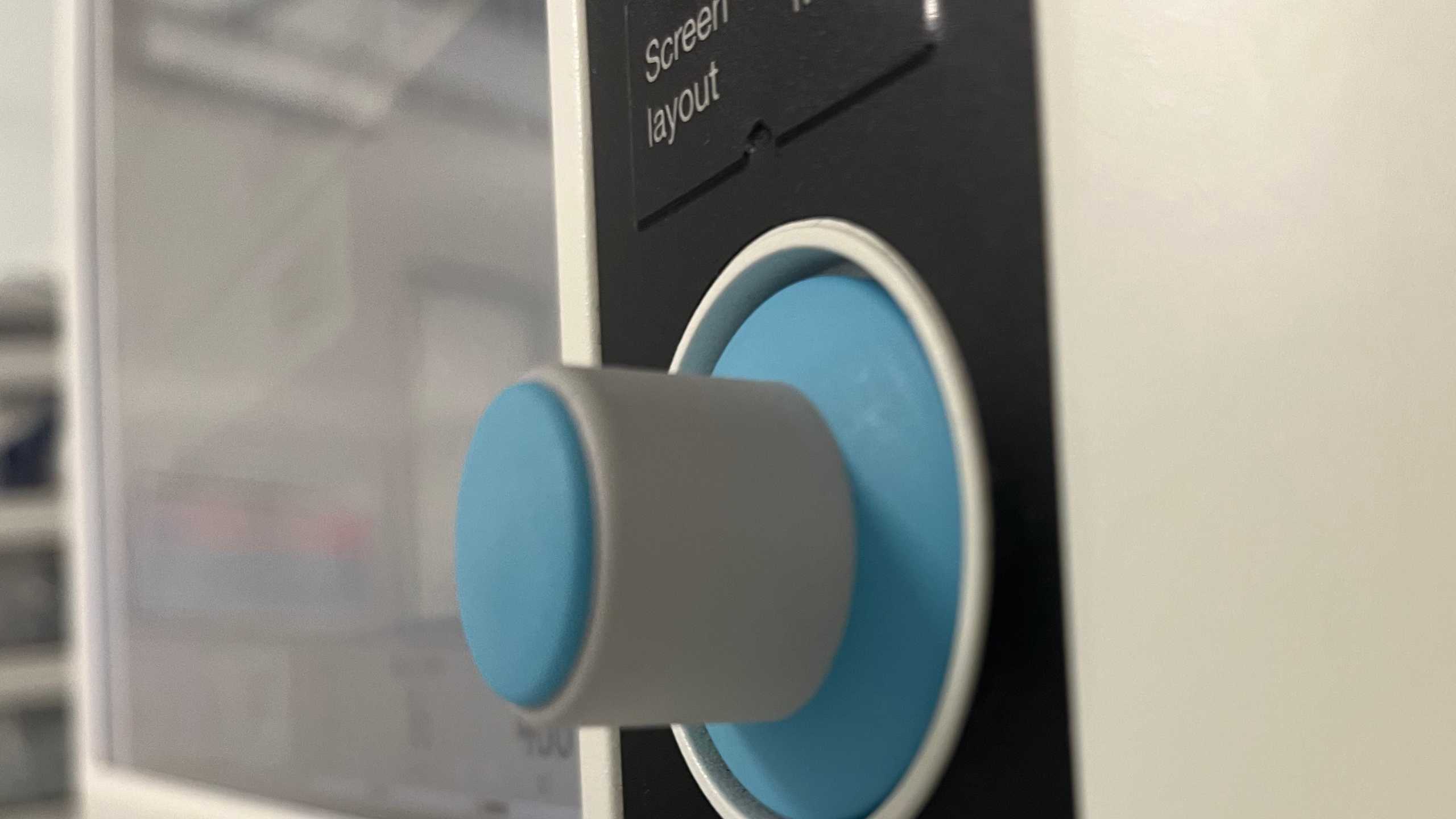
Time Out & Sign Out
ENT Surgical ChecklistsUse this resource in conjunction with your real-world training

Experience Summary
In this experience, observe the Time Out and Sign Out parts of the World Health Organization (WHO) Surgical Safety Checklist for a patient undergoing ENT surgery.
Clinical Context
The WHO Surgical Safety Checklist is a widely adopted tool designed to improve surgical safety by ensuring critical steps are addressed at defined points in the patient pathway. Two key components are the “Time Out” (conducted before skin incision) and the “Sign Out” (performed before the patient leaves the operating theatre). These stages are central to strengthening communication, preventing errors, and promoting teamwork in high-risk surgical settings.
WHO Safety Checklist Components
Clinically, the checklist is divided into three phases, each corresponding to a specific point in the surgical pathway:
- Sign In (before anaesthesia): Confirms patient identity, consent, allergies, airway risks, and preparation for blood loss.
- Time Out (before incision): Involves all theatre staff in introducing themselves, confirming the patient and planned procedure, reviewing anticipated critical events, and checking sterility.
- Sign Out (before the patient leaves the operating room): Ensures the procedure performed is recorded, instruments and sponges are accounted for, specimens are labelled, and any concerns for recovery are communicated.
By embedding these structured pauses, the checklist not only prevents technical errors but also fosters shared responsibility, flattening hierarchies and encouraging all team members to speak up. This is especially significant in multidisciplinary teams, where good communication is directly linked to patient safety outcomes.
The “Time Out” Phase
The Time Out takes place immediately before the surgical incision, with the full surgical team present. It involves the active confirmation of the patient’s identity, procedure, and site of surgery, ensuring consistency with consent forms and clinical records. The surgeon, anaesthetist, and nursing staff also share anticipated critical events, such as potential blood loss, airway concerns, infection risks, or equipment needs. Sterility is verified, imaging is displayed, and the plan for antibiotics or venous thromboembolism (VTE) prophylaxis is reviewed.
Clinically, this stage is crucial for ensuring that all team members begin with the same understanding of the case. Surgical environments can be fast-paced and complex, and miscommunication is a frequent contributor to adverse events. By deliberately pausing, “Time Out” establishes shared situational awareness, empowers staff to raise concerns, and significantly reduces wrong-site surgery, retained instruments, and other serious incidents.
The “Sign Out” Phase
The Sign Out occurs before the patient leaves the operating room. The checklist requires the team to verbally confirm the procedure performed, check that instrument, sponge, and needle counts are correct, and ensure that specimens are accurately labelled. Equipment issues are noted, and the anaesthetist and surgical team discuss key recovery and postoperative concerns.
In clinical practice, this step prevents retained foreign objects, mislabelled pathology specimens, and lapses in postoperative communication. It also provides a structured moment to highlight complications or equipment failures, which supports both patient safety and quality improvement across cases.
Learning Outcomes
- Observe the WHO checklist being used in practice.
- Increase understanding of the components of the WHO safety checklist.
- Observe the roles of the MDT in the WHO safety checklist.
- Increase understanding of the importance of using WHO safety checklists in clinical practice.
External Resources
